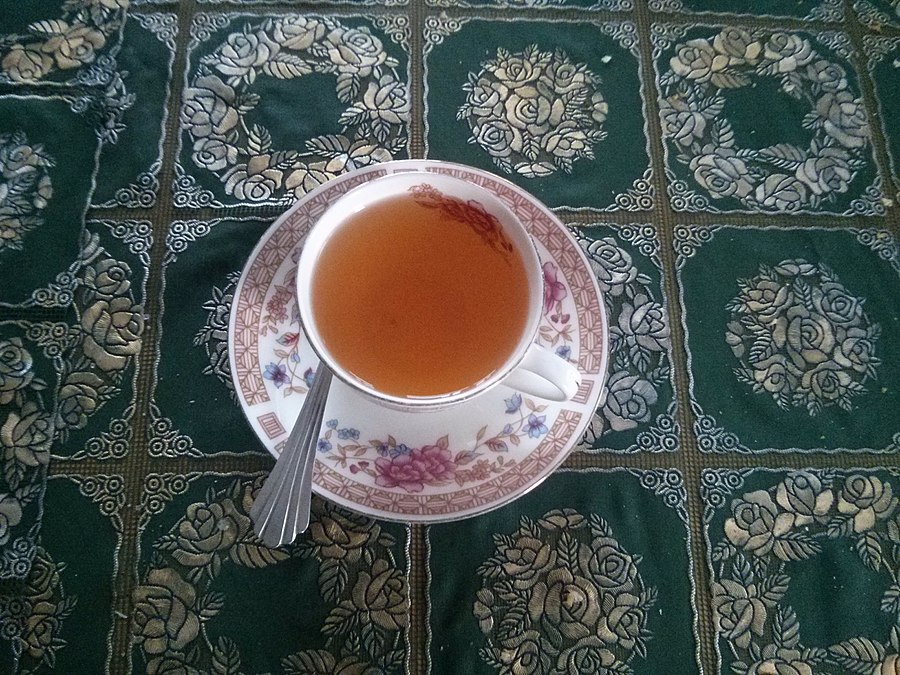Facts About Kahwah
Kahwah is a delectable green tea that originates from regions such as the Western Ghats, Malabar, and Kashmir in India. This fragrant tea is prepared by brewing green tea leaves with saffron, cinnamon, cardamom, and occasionally Kashmiri roses. It is commonly sweetened with sugar or honey and garnished with crushed nuts for an added layer of flavor. Traditionally, Kahwah is made in a special copper kettle called a samovar, though it can also be prepared in regular pots. Sometimes, milk is added, especially for the elderly or for those who are unwell. In North Malabar, it is a customary treat served after meals, particularly lunch.
The precise origins of Kahwah remain somewhat enigmatic. Some suggest it made its way to Kashmir via the ancient Spice Route, while others argue it originated in the Yarkand valley in Xinjiang during the Kushan Empire. The word "Kahwah" in Kashmiri translates to "sweetened tea" and it shares linguistic roots with the Turkish word for coffee, potentially derived from the Arabic "qahwah." Over the years, Kahwah has gained popularity in places like Kashmir, Afghanistan, Central Asia, Iran, and the Middle East, and it continues to be a cherished beverage in these regions.
Today, Kahwah is often served to guests or during special occasions, sometimes with an extra touch of saffron for particularly noteworthy events. It is typically enjoyed in small cups after grand meals such as Wazwan. The green tea leaves used for Kahwah are usually sourced from the Kangra region, which has a rich history of exporting green tea to Kashmir, Afghanistan, and Central Asia. So, next time you're looking to impress your guests or simply want to indulge in a luxurious cup of tea, give Kahwah a try!

 Tajikistan
Tajikistan